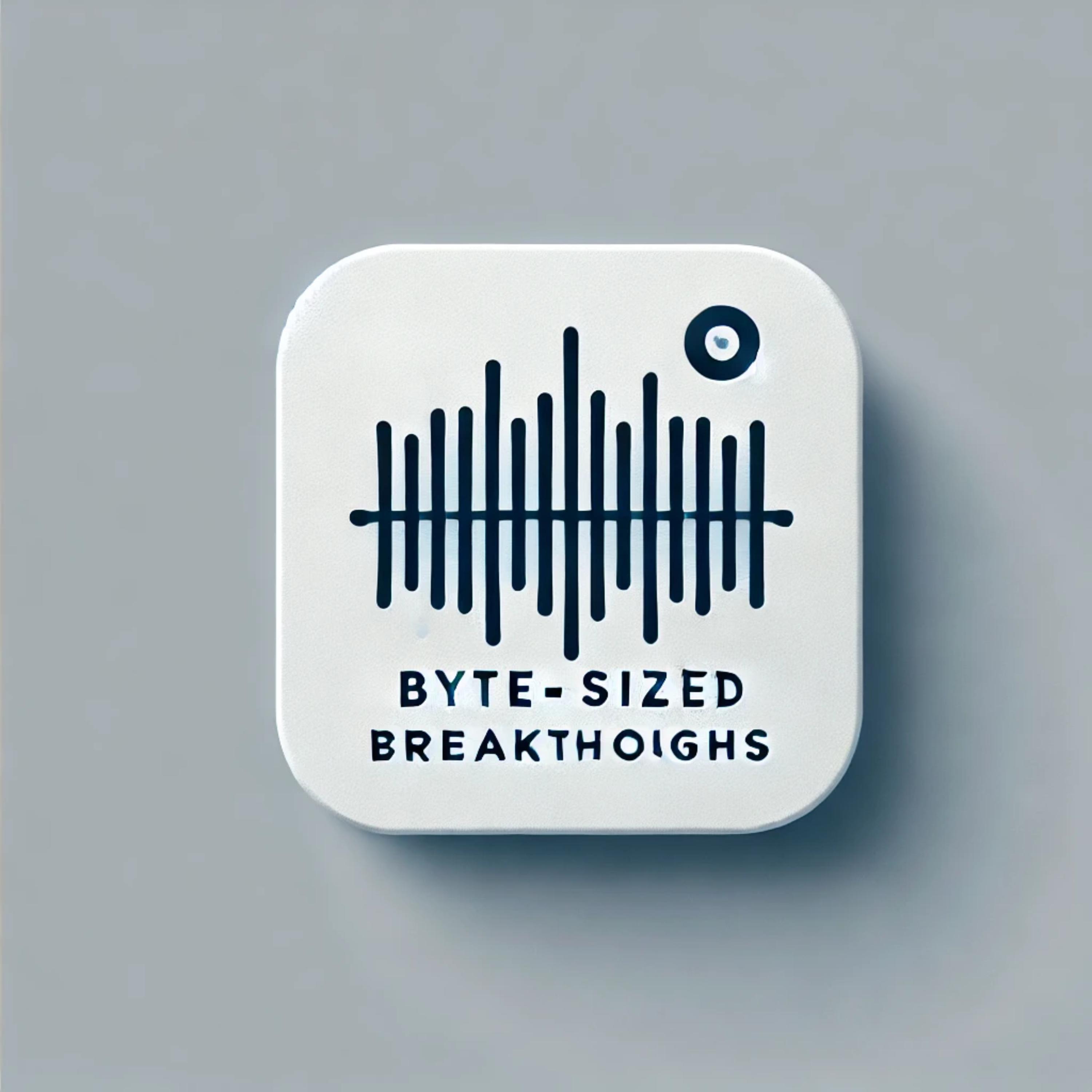DriveVLM: Vision-Language Models for Autonomous Driving in Urban Environments
Description
The paper introduces DriveVLM, a system that leverages Vision-Language Models for scene understanding in autonomous driving. It comprises modules for Scene Description, Scene Analysis, and Hierarchical Planning to handle complex driving scenarios. DriveVLM outperformed other models in handling uncommon objects and unexpected events, while DriveVLM-Dual achieved state-of-the-art performance in planning tasks, showing promise for future improvements in autonomous driving.
More Episodes
The paper addresses the challenge of balancing accuracy and efficiency in large language models (LLMs) by exploring quantization techniques. Specifically, it focuses on reducing the precision of model parameters to smaller bit sizes while maintaining performance on zero-shot tasks. The research...
Published 08/12/24
Published 08/12/24
The podcast discusses the AutoPruner paper, which addresses the challenge of computational efficiency in deep neural networks through end-to-end trainable filter pruning. The paper introduces a novel methodology that integrates filter selection into the model training process, leading to both...
Published 08/11/24


